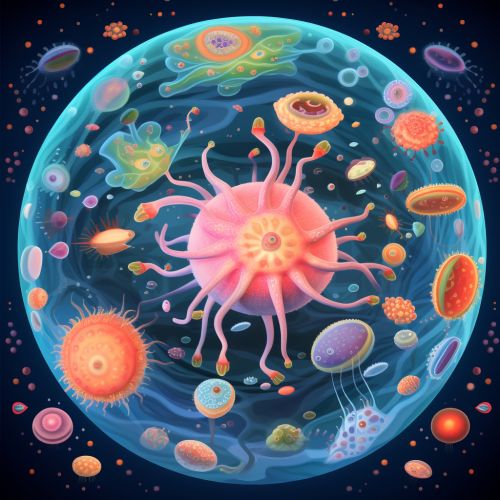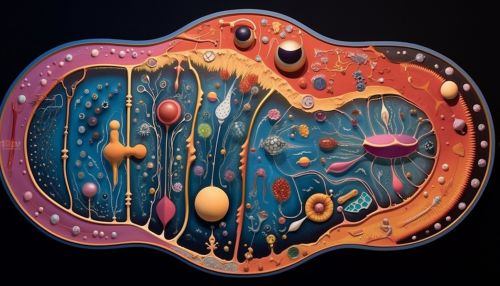Eukarya
Classification and Characteristics
The domain Eukarya is one of the three primary divisions of life, alongside Bacteria and Archaea. Eukaryotes, the organisms within this domain, are characterized by the presence of a nucleus and other membrane-bound organelles within their cells. This fundamental cellular structure distinguishes them from the prokaryotes found in the other two domains.


Eukaryotes can be unicellular or multicellular, and they include organisms as diverse as protists, fungi, plants, and animals. The cells of eukaryotes are generally larger and more complex than those of prokaryotes, and they exhibit a higher degree of intracellular compartmentalization.
Evolution
The evolution of eukaryotes represents a significant event in the history of life. The origin of the eukaryotic cell is a milestone that led to the development of complex multicellular organisms. The most widely accepted theory regarding eukaryotic evolution is the endosymbiotic theory, which suggests that eukaryotic cells evolved from a symbiotic relationship between different prokaryotic cells.
Cellular Structure
Eukaryotic cells are characterized by their highly organized and compartmentalized structure. The most notable feature of eukaryotic cells is the nucleus, which houses the cell's genetic material. Other key organelles include the mitochondria, the endoplasmic reticulum, the Golgi apparatus, and the lysosomes.
Reproduction
Eukaryotes can reproduce both sexually and asexually, depending on the organism and environmental conditions. Sexual reproduction in eukaryotes involves the process of meiosis, which results in the production of haploid gametes. Asexual reproduction, on the other hand, involves processes such as binary fission, budding, and fragmentation.
Diversity
The domain Eukarya encompasses a vast diversity of life forms, from single-celled organisms like yeast and paramecium, to complex multicellular organisms like humans and trees. This diversity is reflected in the four recognized kingdoms within Eukarya: Protista, Fungi, Plantae, and Animalia.
